Surrounded by the ocean, Japan is blessed with numerous distinctive dive locations. Even a brief journey from the town can take you to seas stuffed with surprises. Amongst them, Sado Island and the Hokuriku area stand out for his or her dramatic underwater landscapes, carved by the highly effective waves of the Sea of Japan.
Right here, divers are handled to spectacular topography, crystal-clear waters generally known as “Japan Sea Blue,” and encounters with actually exceptional marine life. From the pleasant, big wrasse (kobudai) that roams the waters of Sado to mysterious deep-sea creatures that stand up into Toyama Bay at Namerikawa, each dive provides an opportunity to witness one thing unforgettable.
Whereas many think about the Sea of Japan as chilly and forbidding, the nice and cozy Tsushima Present flows up from the south, remodeling these waters. From summer season by way of autumn, divers can count on colleges of pelagic fish and even tropical guests—making this area a vacation spot with one thing new to find in each season.
Sado Island, Niigata
Off the coast of Niigata Prefecture lies Sado Island, Japan’s second-largest island at about 331 sq. miles (857 km²)—roughly one and a half occasions the dimensions of Tokyo’s 23 wards. The encompassing waters are the place heat and chilly currents meet, creating glorious visibility, wealthy biodiversity, and all kinds of dive websites to discover.
Probably the most in style spots is Kita-Koura&Aka-Iwa, the place divers usually encounter the island’s legendary resident—a big Asian sheepshead wrasse that boldly approaches divers. Relying on the season, you may additionally witness the drift of huge Nomura’s jellyfish, or throughout evening dives, the spectacular sight of squid spawning and encounters with tiny, fascinating cuttlefish.
However Sado is extra than simply unimaginable diving. On land, the island is residence to historic sights such because the Sado Gold Mine, developed throughout the Edo interval, and the Japanese Crested Ibis Conservation Heart, the place efforts to guard this iconic fowl are underway. Guests also can benefit from the island’s altering pure magnificence throughout the seasons, in addition to the nice and cozy hospitality and contemporary seafood served at native guesthouses.
Getting there may be straightforward, with each ferry and flight choices accessible from mainland Japan. Whether or not it’s your first go to or a return journey, the ever-changing faces of Sado’s sea promise new adventures and unforgettable reminiscences each time.
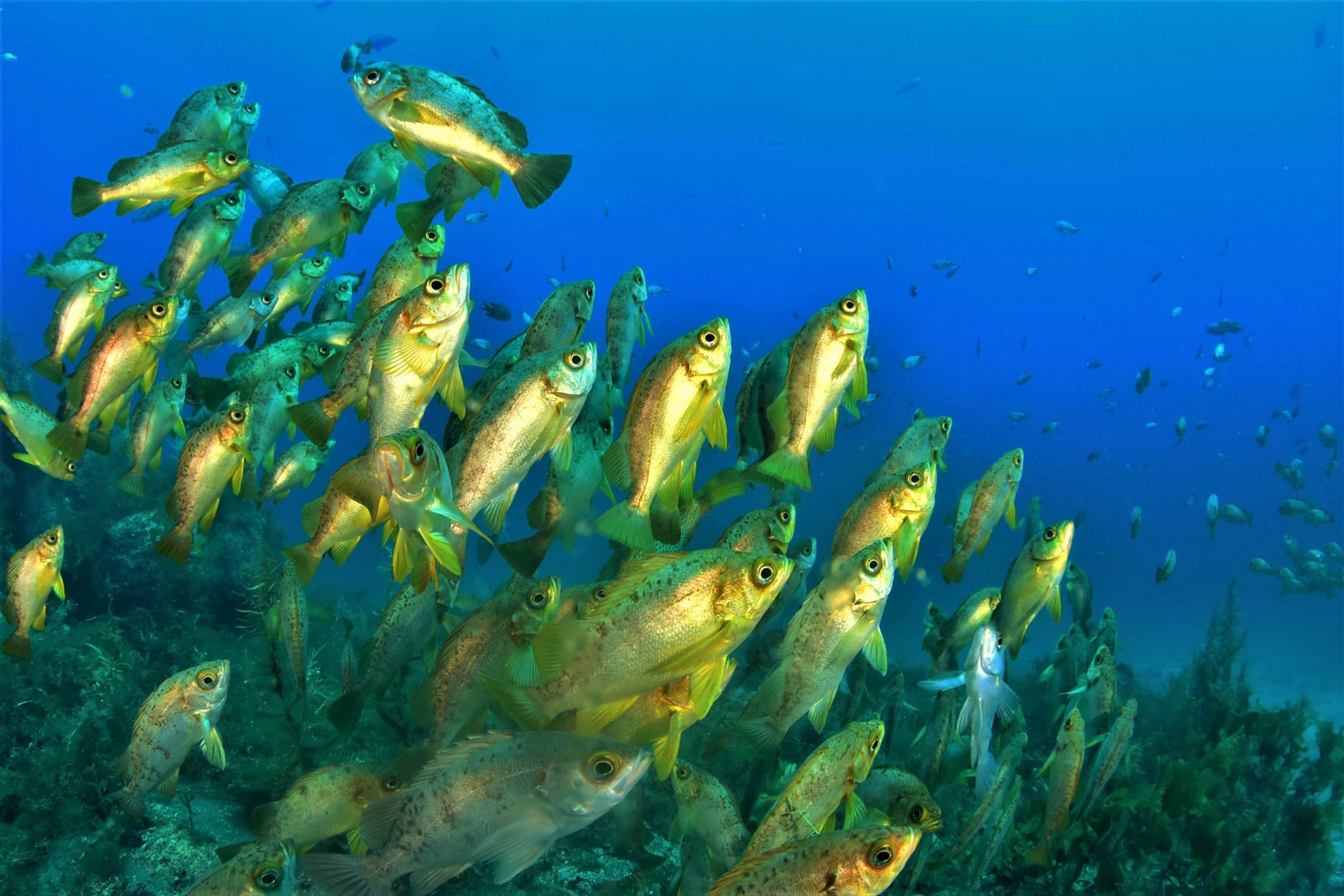
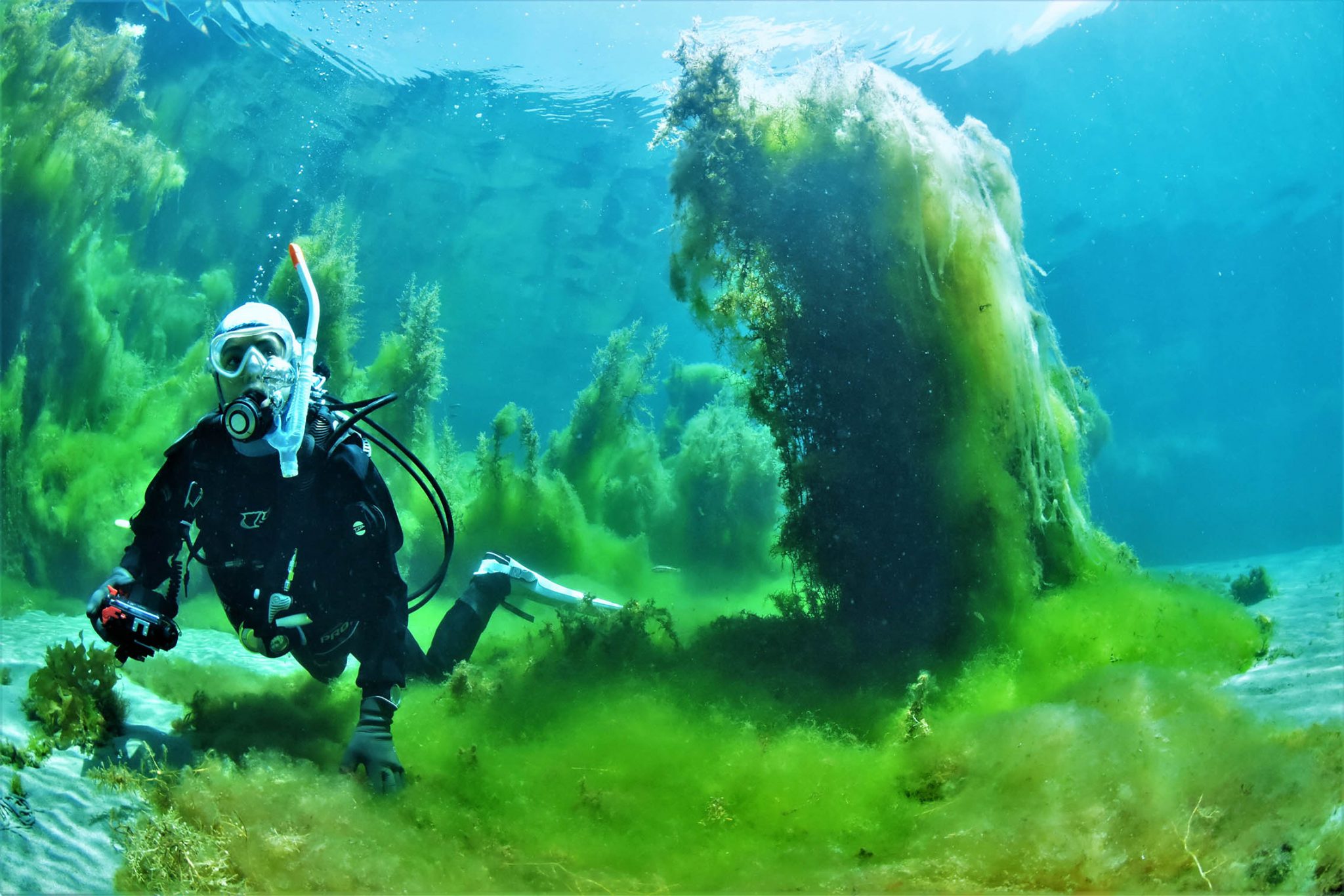
Featured Dive Web site: Kita-Koura Aka-Iwa
Simply off the coast of Kita-Koura fishing port lies Aka-Iwa, considered one of Sado’s signature dive websites. This spot is known for its resident kobudai—big Asian sheepshead wrasse that usually swim proper as much as greet divers upon entry.
With depths starting from 46 to 85 ft (14–26 m), Aka-Iwa is appropriate for each newcomers and superior divers. The location provides one thing for everybody: nudibranchs for macro lovers, colleges of pelagic fish, and even big Pacific octopuses for many who love huge encounters. Every season brings one thing new to find, from the dramatic territorial battles and spawning conduct of Asian sheepshead wrasse in early summer season to fascinating nocturnal marine life throughout evening dives.
Getting There
By Automobile: About 20 minutes from Niigata Metropolis to Niigata Port. From there, it’s a 2.5-hour automotive ferry to Ryotsu Port on Sado. (Driving from Tokyo to Niigata Metropolis takes about 4 hours through the Kan-Etsu Expressway.)
By Prepare: From Tokyo Station, take the Joetsu Shinkansen to Niigata Station (approx. 2 hours). From Niigata Station, it’s about 20 minutes by bus or taxi to Niigata Port, adopted by a 2.5-hour automotive ferry to Ryotsu Port.
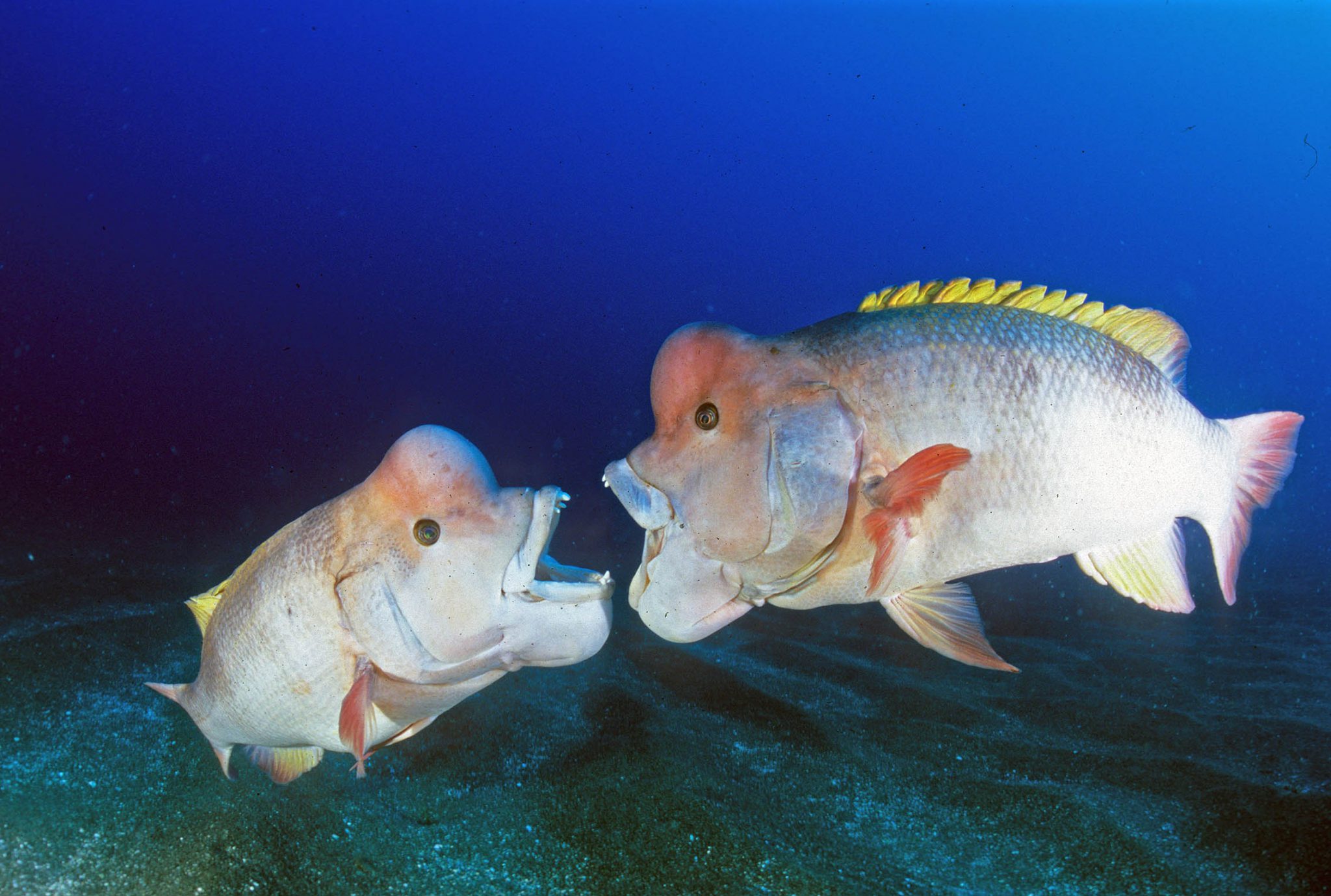
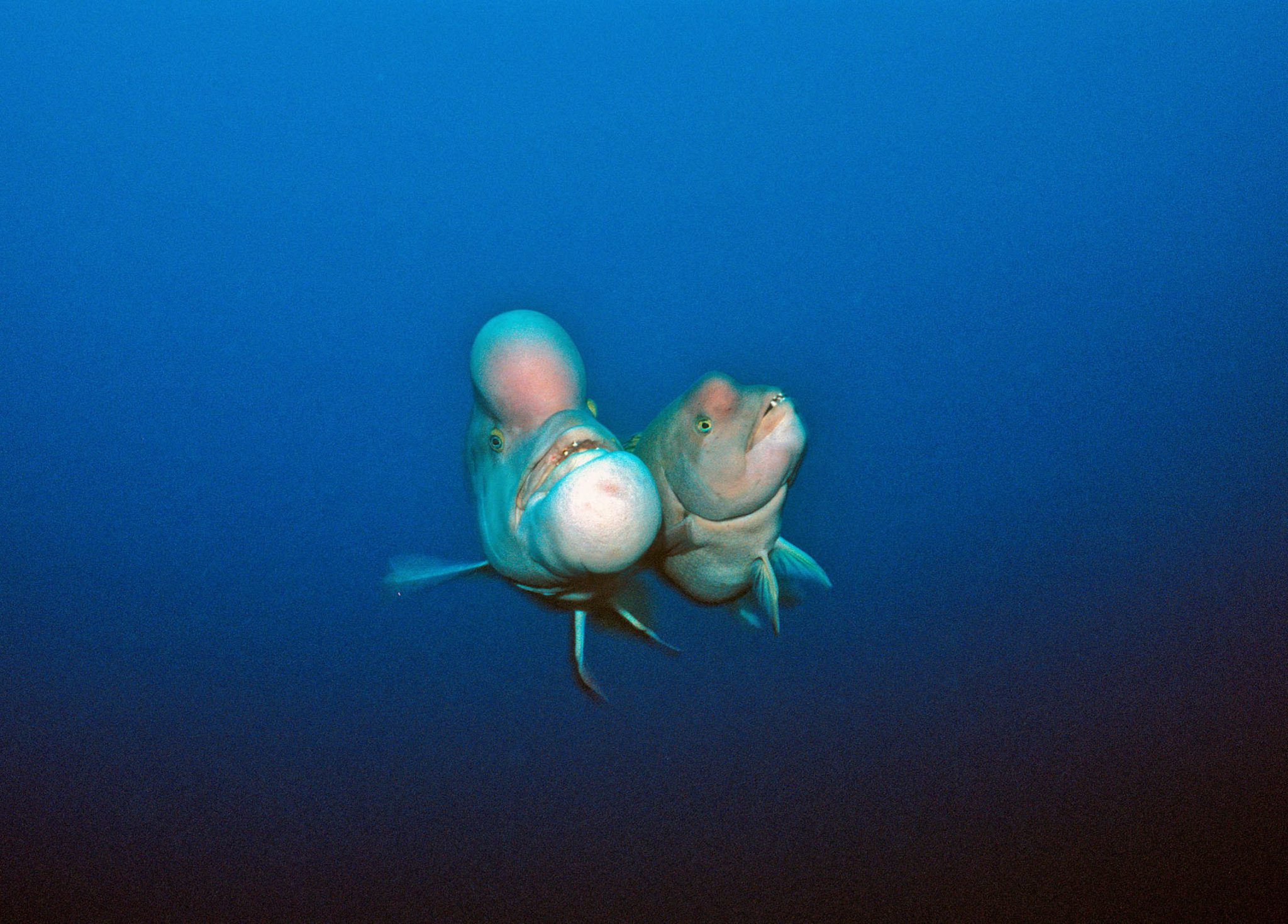
Echizen, Fukui
Nestled throughout the Echizen-Kaga Quasi-Nationwide Park, the small city of Echizen is blessed with a shocking shoreline and considerable pure magnificence. Diving right here is offered year-round, with each shore and boat dives to get pleasure from.
The underwater surroundings is extremely various—starting from sandy flats and big boulders to caves and rocky slopes. In spring, lush underwater kelp forests unfold throughout the seabed. From summer season to autumn, the ocean transforms into the crystal-clear “Echizen Blue,” excellent for drifting weightlessly by way of the water. Autumn brings colleges of seasonal guests, whereas in winter, encounters with big Pacific octopuses are a spotlight. Every season provides a contemporary motive to return again.
After diving, Echizen can also be well-known for its soothing scorching springs and beautiful seafood, particularly the famend Echizen crab. This excellent mixture of underwater journey and après-dive leisure makes Echizen a favourite amongst Japanese divers.
Featured Dive Web site: Gakkō-shita
Gakkō-shita is a sandy seaside dive web site appropriate for all ranges, from newcomers to skilled divers. The broad stretch of pure white sand creates a tropical-island really feel, particularly throughout the high-visibility season, making for an extremely refreshing dive.
The location is understood for its wealthy marine life, together with seahorses and a wide range of nudibranchs, making it particularly interesting for underwater photographers. Due to its sheltered location, much less affected by southern winds, circumstances stay calm, making it best for attempt dives and coaching programs. 12 months-round, divers can get pleasure from a wide range of seasonal marine life whereas fish-watching in a relaxed setting.
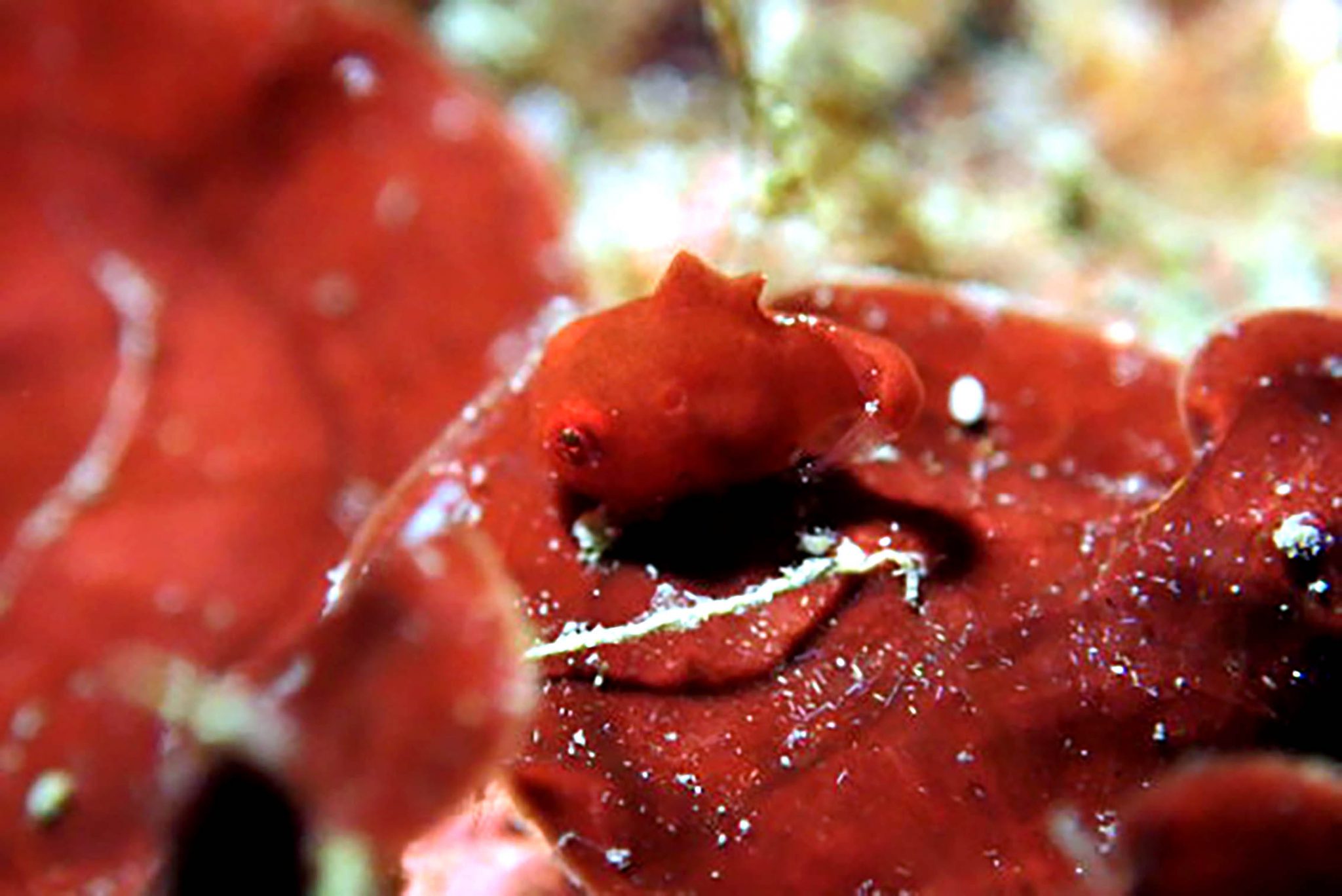
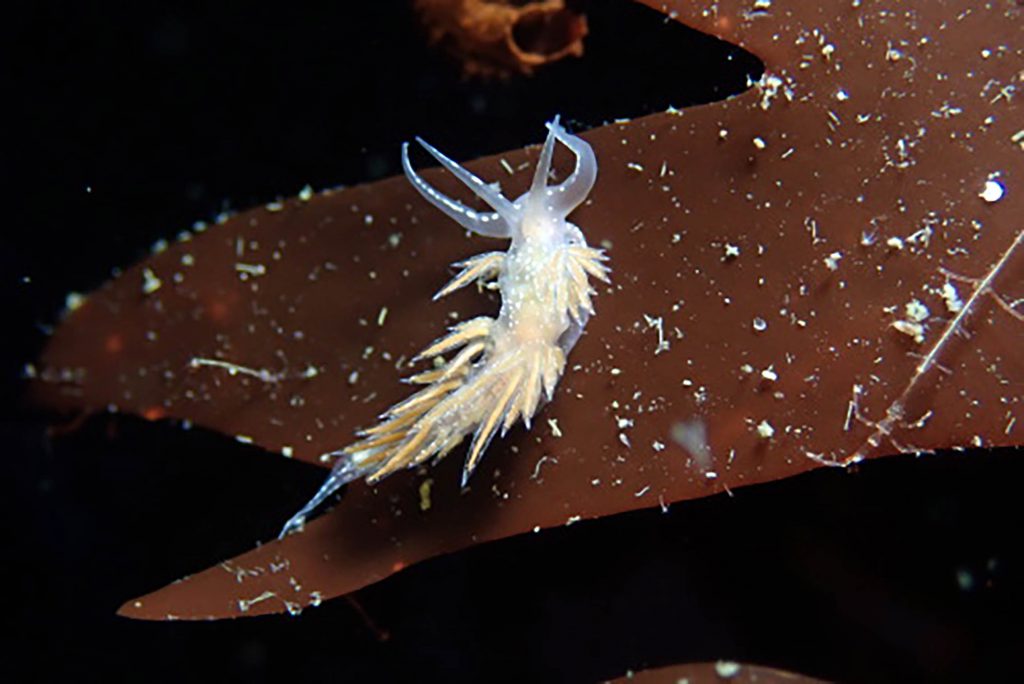
Getting There
By Automobile: About 40 minutes from Fukui Metropolis. From Osaka, it’s roughly 2.5 hours through the Hokuriku Expressway to Fukui IC, then Route 8 and Route 305.
By Prepare: From JR Fukui Station, take the Fukui Railway Fukubu Line or the JR Hokuriku Most important Line to Takefu Station. From there, it’s about 30–40 minutes by taxi or bus to Echizen.
Etchū-Miyazaki, Toyama
On the coast of Toyama Prefecture lies Etchū-Miyazaki, a newly opened dive vacation spot (since 2021) that’s shortly gaining consideration amongst adventurous divers. Right here, the towering 3,000-meter (9,800 ft) peaks of the Hida Mountains plunge dramatically into the ocean, creating huge partitions, steep pinnacles, and breathtaking underwater formations.
Dealing with the open sea, visibility is commonly glorious, and in summer season the water temperature can attain a snug 86°F (30°C). Distinctive dive websites with names like “Underwater Method” and “Sea Shrine”—impressed by native legends—make this space particularly interesting to divers who love dramatic seascapes.
In spring, the waters come alive with nudibranchs and tiny Sakura Lumpfish. Autumn brings colleges of migrating fish, encounters with crimson sea bream, yellowtail (buri), and even bigger pelagics. On the close by Jade Coast, divers and guests also can attempt their luck looking for pure jade stones washed ashore. After diving, you’ll be able to chill out within the native scorching springs and savor the area’s contemporary seafood, making Etchū-Miyazaki an all-around vacation spot.

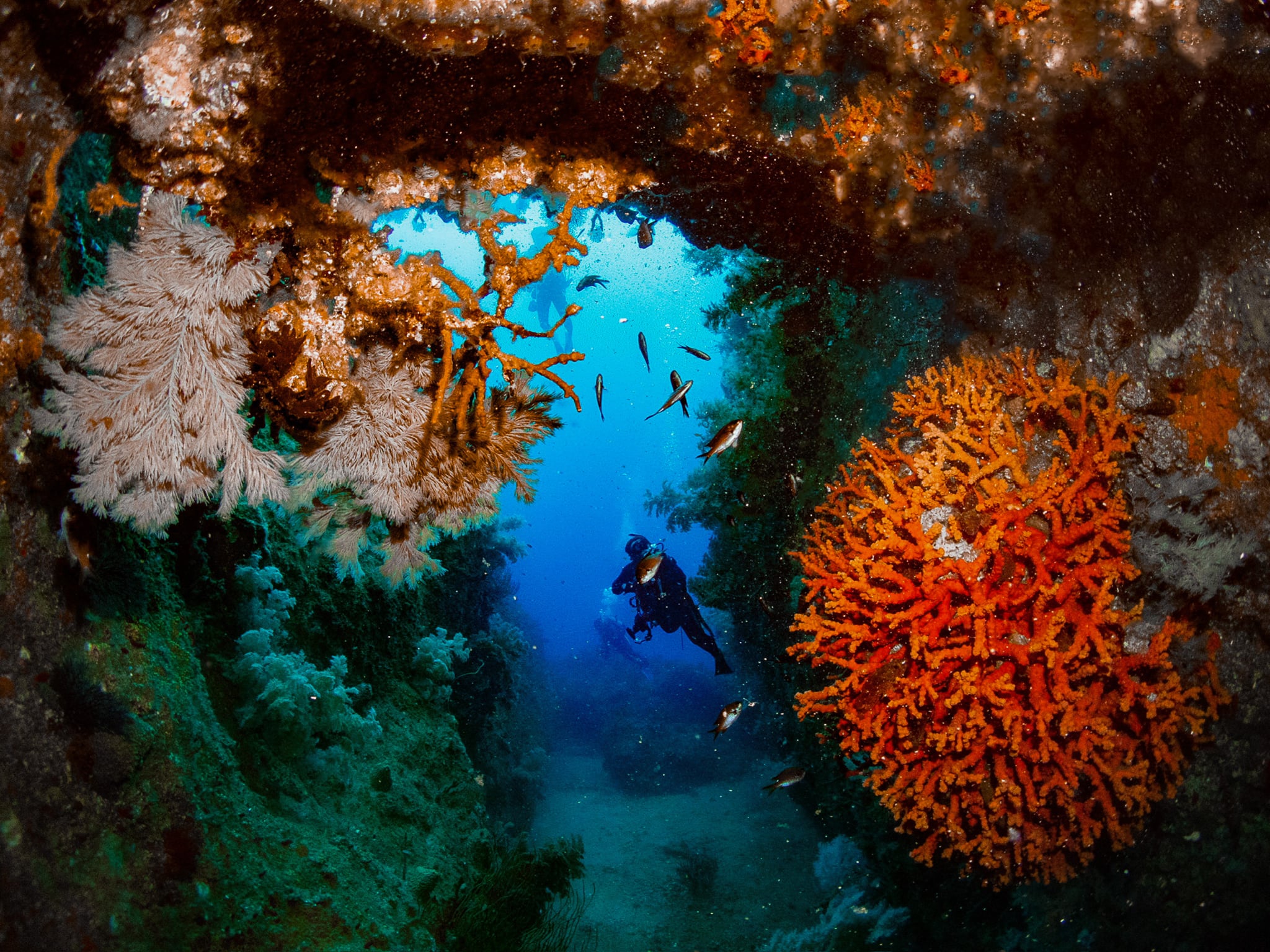
Featured Dive Web site: Okino-Se
The Okino-Se space, situated furthest offshore from Etchū-Miyazaki, provides a set of thrilling dive spots. Websites similar to “Double Arch,” “Underwater Method,” and “Labyrinth” every function distinctive rock formations and thriving marine ecosystems.
The stone-paved seafloor at “Underwater Method” and the dense colonies of sentimental corals at “Labyrinth” are particularly spectacular. At “The Level,” the place currents sweep by way of, fish life is extremely wealthy—chances are you’ll witness thrilling scenes of yellowtail or amberjack chasing down colleges of baitfish.
Because of the robust currents and the necessity for free descents and drift-diving abilities, Okino-Se is finest fitted to skilled divers. Strong buoyancy management and luxury with present are important earlier than venturing right here.
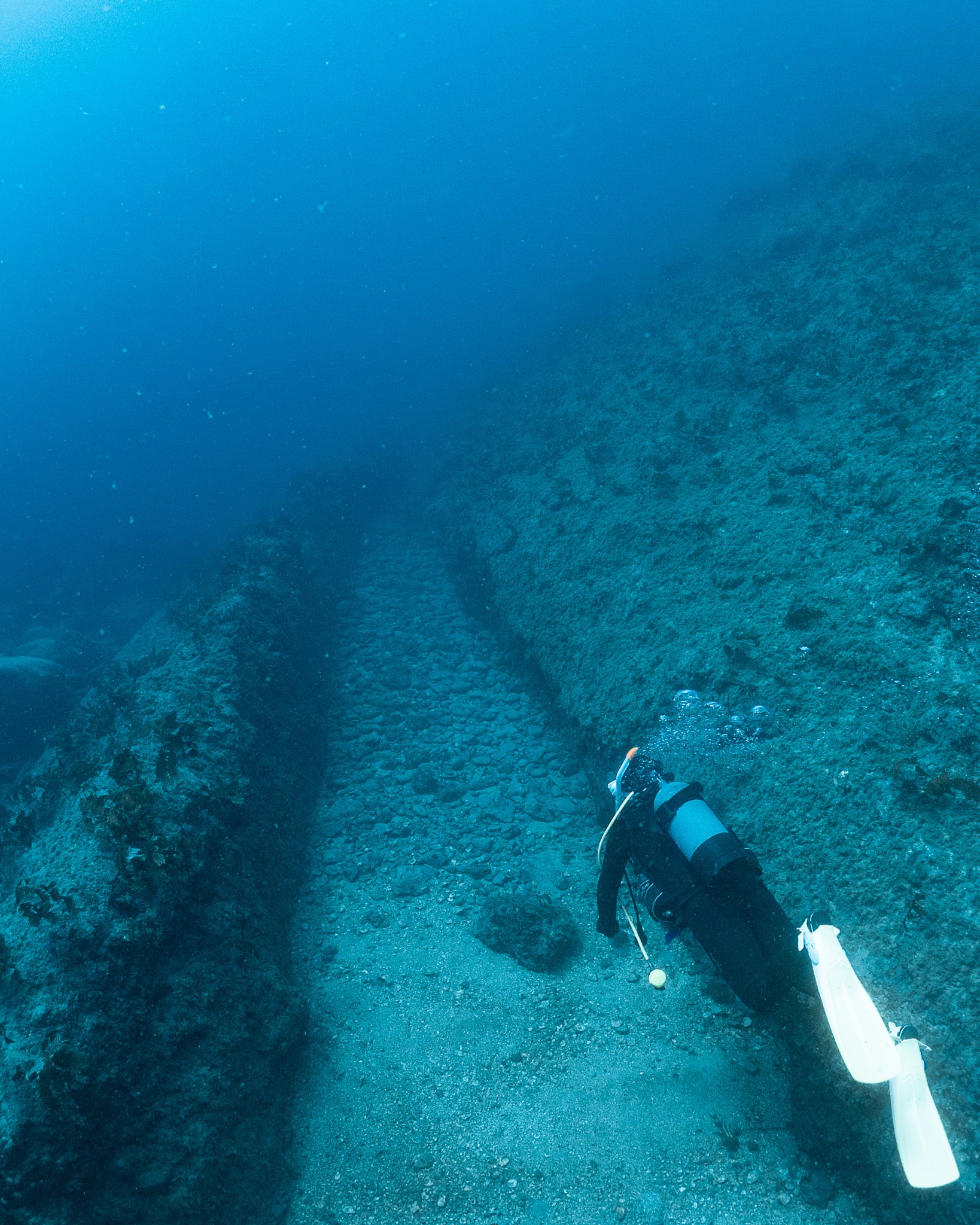
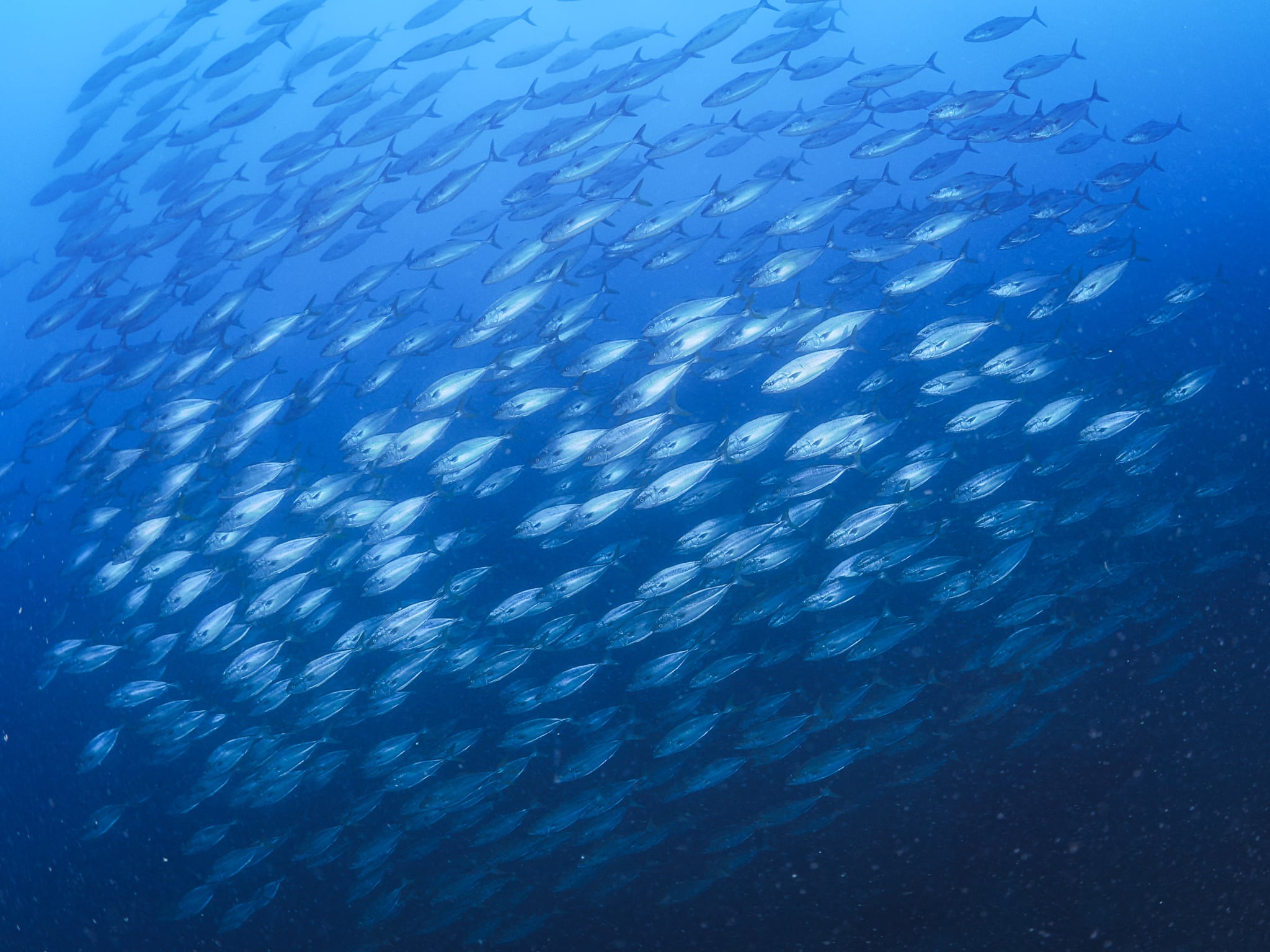
Getting There
By Automobile: About 1.5 hours from Toyama Metropolis through the Hokuriku Expressway to Asahi IC, then Route 8. From Kanazawa, it’s about 1 hour through the identical expressway.
By Prepare: From JR Toyama Station, take the Ainokaze Toyama Railway to Etchū-Miyazaki Station (approx. 1 hour).
Namerikawa
Situated on Toyama Bay, Namerikawa is without doubt one of the uncommon locations on the earth the place you’ll be able to dive 24 hours a day. This space is formed by upwelling currents that carry nutrient-rich water and mysterious creatures from the deep sea up towards the coast. With a dramatic drop of practically 13,000 ft (4,000 m) from the peaks of the Tateyama Mountains all the way down to the seabed, divers right here can expertise actually distinctive encounters.
Relying on the time of day, you’ll be able to get pleasure from all the pieces from sundown dives to midnight explorations. In style highlights embrace recognizing lumpsuckers, and the cubed snailfish, whereas from February to April, divers might even witness the extraordinary phenomenon of firefly squid swarming to the shallows to spawn.
Winter by way of early spring provides the most effective circumstances, with crystal-clear visibility, whereas autumn brings mesmerizing colleges of fish. Night time dives are particularly thrilling, when nocturnal creatures similar to tonguefish and bobtail squid develop into lively. After a particular dive in Namerikawa, it’s price exploring Toyama’s tradition, delicacies, and mountain surroundings for an entire journey.
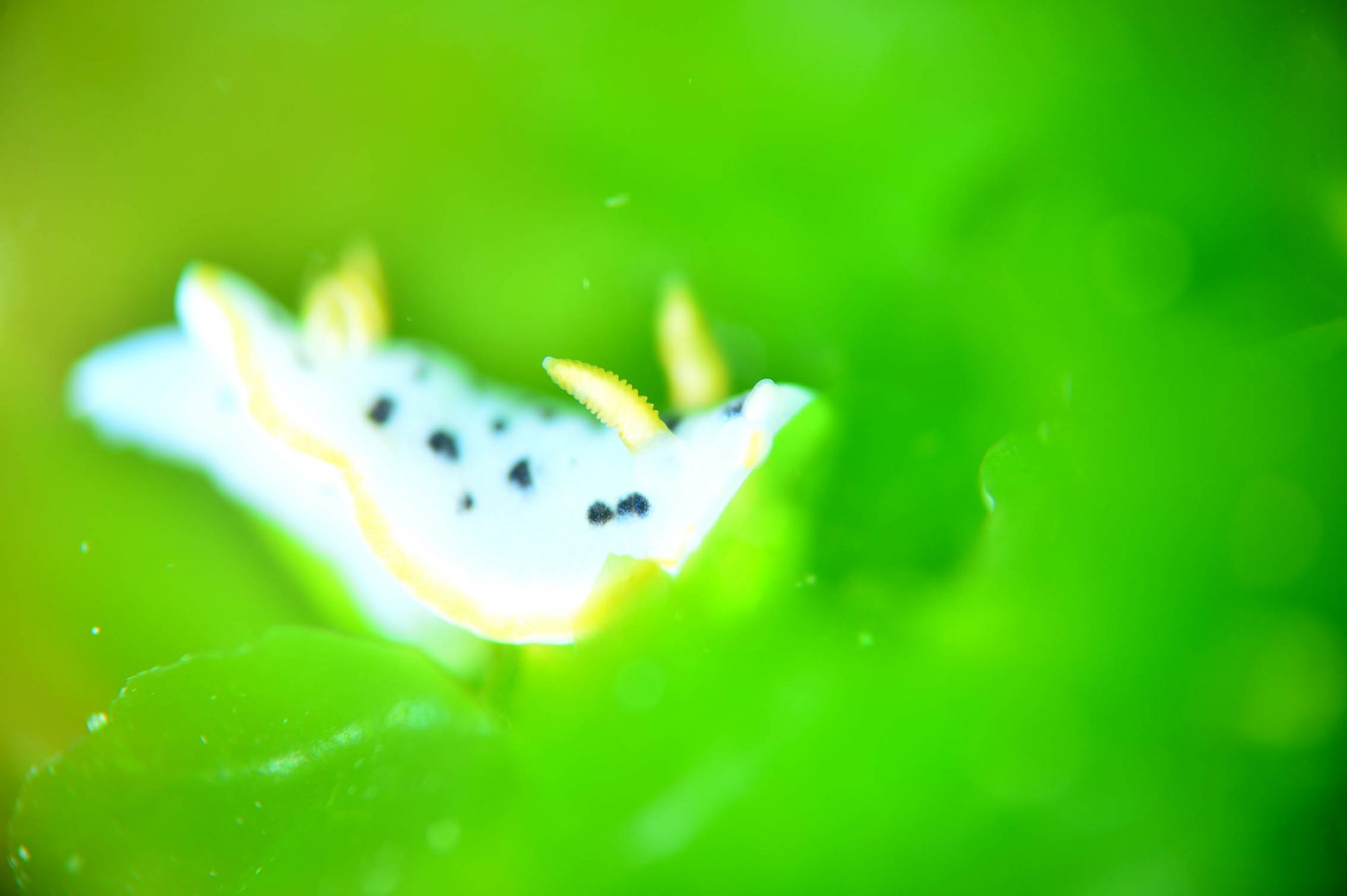

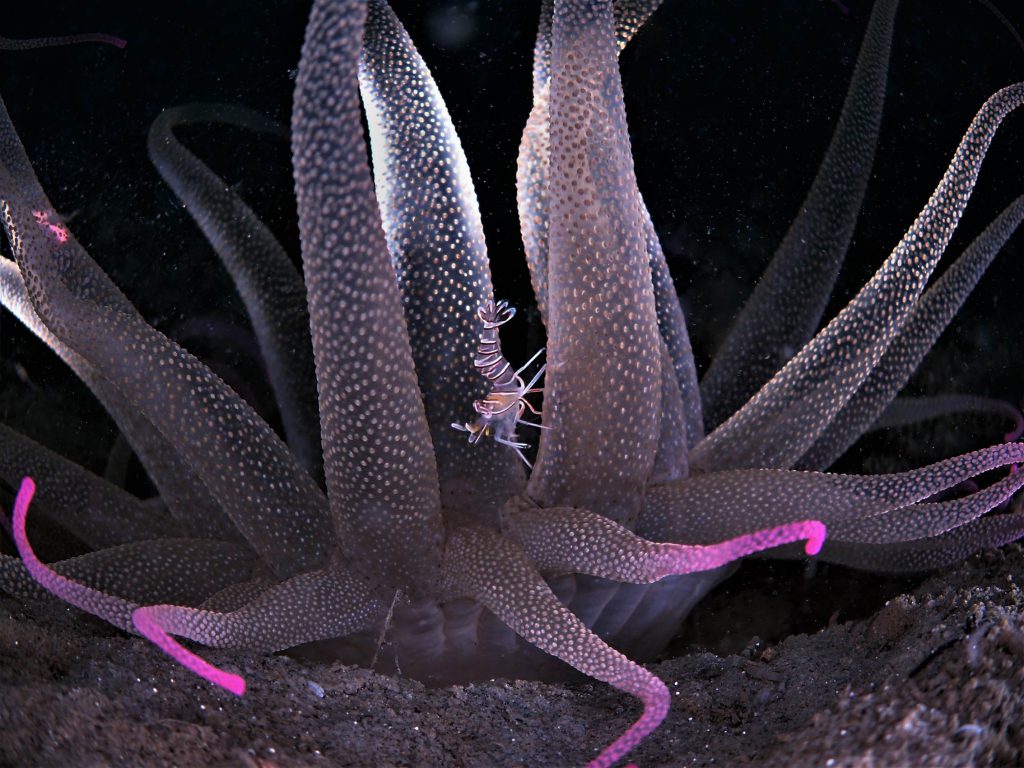
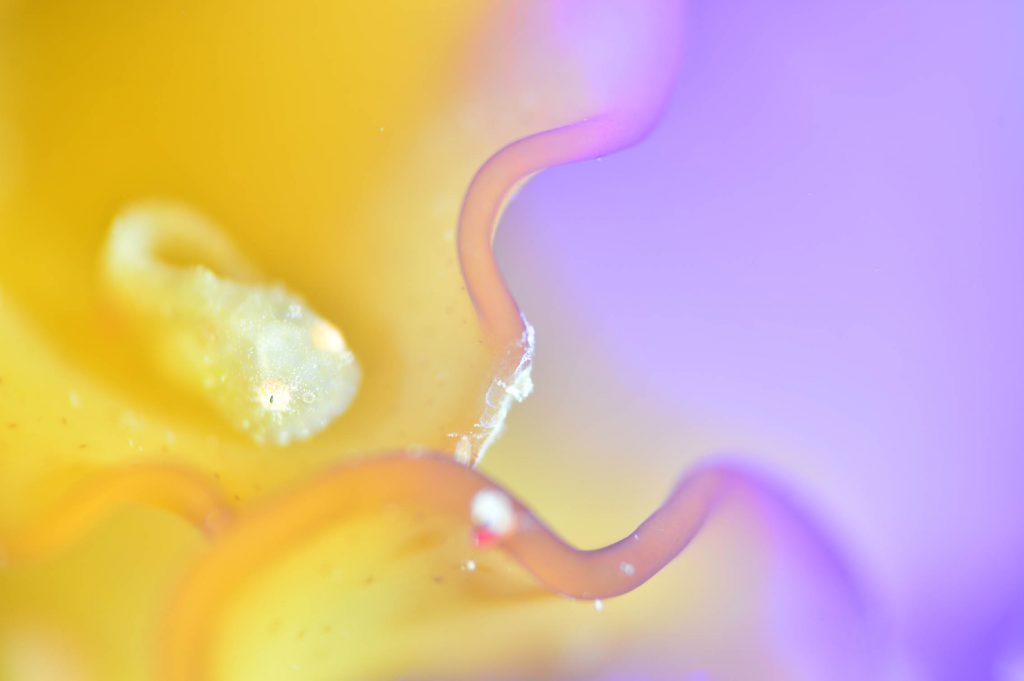
Picture courtesy of Diving Store KAIYU
Featured Dive Web site: Namerikawa Outdoors
This shore-diving web site is open day and evening, providing alternatives for sundown dives, evening dives, midnight dives, and even early morning immersions—you might actually go diving after work! Due to the upwelling currents in Toyama Bay, divers have the possibility to see uncommon deep-sea species that hardly ever seem in shallow waters elsewhere.
The location provides sights at a wide range of depths, from shallow zones excellent for uncover scuba dives to deeper areas that problem skilled divers. Whether or not you’re new to diving or a complicated adventurer, Namerikawa delivers a very one-of-a-kind underwater expertise.
Getting There
By Prepare: About 20 minutes from JR Toyama Station through the Ainokaze Toyama Railway to Namerikawa Station.
By Automobile: About half-hour from Toyama Metropolis. Easy accessibility from the Hokuriku Expressway, Namerikawa IC.
Otomi Peninsula
Situated in Takahama, Fukui Prefecture, the Otomi Peninsula lies throughout the Wakasa Bay Quasi-Nationwide Park, an space celebrated for its dramatic pure surroundings. The spotlight above water is the Otomi Nice Cliff, a sheer wall rising over 850 ft (260 m), designated as a scenic landmark. In spring, the cliffs are framed by cherry blossoms, whereas autumn paints them with vibrant foliage—making this a vacation spot that shines each above and under the water.
Underwater, Otomi contains a basic ria shoreline with greater than 10 dive websites, from straightforward seaside entries to thrilling boat dives. In summer season and autumn, when the water warms, seasonal pelagic species arrive, including further colour and power to the scene. Divers can get pleasure from a variety of experiences, from dramatic underwater topography to encounters with charming macro creatures. Newbie-friendly seaside websites provide calm circumstances, whereas boat dives can take you additional out to legendary spots like Asaguri and Kanmurijima. Spring brings possibilities to identify Japnaese lumpfish and cubed snailfish, whereas a wealthy number of nudibranchs makes Otomi a paradise for fish watchers.
Featured Dive Web site: Neko no Hitai (“Cat’s Brow”)
This boat dive web site is barely a five-minute trip from the harbor and is understood for its year-round calm circumstances, making it an excellent selection for newcomers or anybody susceptible to seasickness. In spring, divers can encounter sakura lumpfish and colourful nudibranchs, whereas summer season provides thrilling colleges of fish. All year long, it’s attainable to identify pinecone fish and seahorses, and in early summer season even colleges of yellowtail amberjack seem. Wealthy in macro life but accessible to all ranges, Neko no Hitai is a soothing and rewarding dive web site the place you’ll be able to decelerate and discover.
Getting There
By Automobile: About 20 minutes from Ohi-Takahama IC on the Maizuru-Wakasa Expressway. From Kyoto, it’s about 1 hour half-hour through the Maizuru-Wakasa Expressway.
By Prepare: About half-hour by taxi from Higashi-Maizuru Station (JR Maizuru Line & Obama Line), or 20 minutes by taxi from Wakasa-Takahama Station (JR Obama Line).

